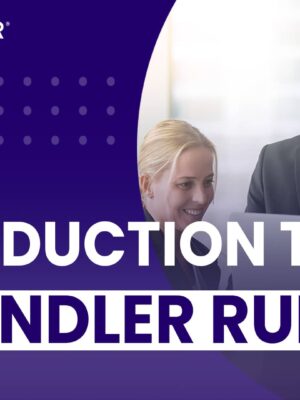How to Utilize Performance Metrics to Enhance Your Sales Process

Peter F. Drucker once famously observed that “What’s measured improves.” This is as true in the world of sales as it is in any other aspect of business. But for both salespeople and sales leaders, there are a few vitally important questions about performance metrics that often go unanswered. Here are three of those questions, along with some possible answers.
What are the critical metrics salespeople need to watch?
Here’s a brief list of key metrics that are likely to be relevant to sales professionals in a wide variety of industries. If you’re not tracking them already, you might want to start.
- Sales appointments per week, set for a date and time that falls within the next 30 days.
- Deal velocity through your pipeline, also known as your sales cycle.
- How long does your typical deal take to close?
- Which pending deals have exceeded that timeframe? The longer they go, the lower your chances of closing.
- Look for some kind of measurable, active movement at least every 30 days.
- The number of times each week that you ask for a referral or introduction.
These are among the metrics you will want to include or take into account in the behavioral plan (also known as a “cookbook”) that you create to support your revenue goal. Creating a cookbook for your sales process is all about identifying the right ingredients, steps, timing, and energy required to consistently produce success. Monitoring the right behavioral metrics on a weekly or even daily basis gives you a clear answer to a vitally important question: are you on track to meet the income target you’ve set for yourself? Or do you need to adjust the behaviors?
What is the difference between a leading metric and a lagging metric?
The distinction is an important one. Sales typically close at the end of all of your efforts, therefore your sales results – such as total closed deals – are an example of a lagging indicator. There’s nothing wrong with knowing how many deals you’ve closed, of course. But if your goal is to predict your future success, and that’s definitely a good goal to have, then you will need to measure leading indicators of future results, like the number of first appointments set. Measuring the number of first appointments with prospects you have on the calendar for the next 30 days, will keep you focused on the things you can control, like getting opportunities into the top of your funnel. This is a better use of your time and energy than looking backwards at your sales history.
Can I measure metrics that connect to conversations I have with prospects?
There are lots of new technologies to help you drive improvements in your sales performance by measuring data that once would have gone unmeasured. Tools like Gong call recording software, for instance, can provide valuable and timely insight into your behavior during a sales call. You can debrief after calls by looking at Gong’s amazing call analytics, which can give you important information about things like buyer vs. seller talk time (hint: buyers should be talking more than you do), time spent talking about budgets, or the number of referral asks. Check it out at Gong.io.
Tracking the right metrics, building them into the right behavioral plan, and using the right tools to debrief more effectively will help you to improve the behaviors that drive revenue and repeat business. Drucker was right: Once you start measuring it, you can improve it!
Take our latest assessment to evaluate your organization’s sales and leadership performance.








